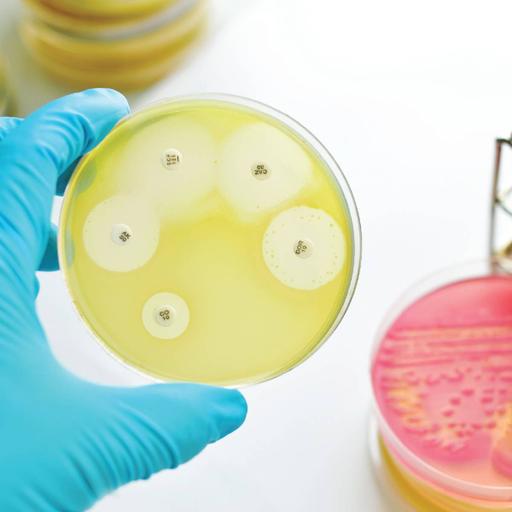Antimicrobial Resistance
Presentations | English
Antimicrobial resistance occurs when microorganisms such as bacteria, viruses, fungi and parasites change in ways that render the medications used to cure the infections they cause ineffective. When the microorganisms become resistant to most antimicrobials they are often referred to as “superbugs”. The main cause of antibiotic resistance is antibiotic use. When we use antibiotics, some bacteria die but resistant bacteria can survive and even multiply. The overuse of antibiotics makes resistant bacteria more common. The more we use antibiotics, the more chances bacteria have to become resistant to them. Antimicrobial resistance mechanisms fall into four main categories: (1) limiting uptake of a drug; (2) modifying a drug target; (3) inactivating a drug; (4) active drug efflux. MRSA is one of the most common antibiotic-resistant bacteria. Symptoms of MRSA infection often begin as small red bumps on the skin that can progress to deep, painful abscesses or boils, which are pus-filled masses under the skin.

Free
PPTX (60 Slides)
Antimicrobial Resistance
Presentations | English
